Custom baling small square bales of hay is a detailed process that comes with various costs. Whether you’re a farmer looking to hire custom baling services or a provider offering these services, understanding these expenses is crucial for financial planning and efficiency.
1. Equipment Costs
The core of custom baling operations is the machinery, which includes the baler, tractor, and other necessary equipment.
- Baler Purchase Price: Small square balers can range from $10,000 to $30,000 depending on the model and features. The investment in a high-quality baler is essential to ensure reliability and efficiency.
- Depreciation: Machinery depreciates over time, typically at a rate of 10-15% per year. This depreciation must be factored into the overall cost to understand the long-term investment.
- Maintenance and Repairs: Regular maintenance is required to keep the equipment in good working condition. This includes routine checks, part replacements, and unexpected repairs. Maintenance costs can add up and should be budgeted annually.
2. Fuel and Labor Costs
Operating the machinery involves substantial fuel and labor costs.
- Fuel: Tractors and balers consume a significant amount of fuel. The cost of diesel varies, but it generally represents a considerable portion of the overall baling expense. Fuel costs typically account for 10-20% of the total cost.
- Labor: Skilled labor is needed to operate the equipment. Labor costs vary depending on the region and the complexity of the job. It’s important to account for wages, benefits, and any additional compensation for overtime or specialized skills.
3. Twine and Consumables
Securing the hay into small square bales requires specific consumables.
- Twine: The cost of twine can range from $0.10 to $0.50 per bale, depending on the quality and type. Consistent supply and quality are crucial to ensure the bales are properly secured.
- Other Consumables: Additional materials such as lubricants and replacement parts for the machinery also add to the costs.
4. Transportation and Logistics
Transporting equipment and the finished bales involves significant logistical considerations.
- Moving Equipment: Transporting balers, tractors, and other machinery to and from the field can be time-consuming and costly. This includes fuel for the transport vehicles and potential wear and tear on the equipment.
- Labor for Moving Equipment: Additional labor is often required to load, unload, and set up the machinery. This must be factored into the overall cost, especially if the fields are far from the storage or processing area.
- Transportation of Bales: Moving the bales from the field to storage or market is another key cost. This involves using trailers and trucks, which incur fuel and maintenance expenses.
5. Housing Equipment
Proper storage for equipment is essential to protect it from the elements and ensure longevity.
- Storage Facilities: Building or renting adequate storage facilities for balers and tractors is an important cost. These facilities must be large enough to accommodate all machinery and should be well-maintained to prevent damage from weather and pests.
- Maintenance of Storage: Regular maintenance of the storage facilities, including repairs and pest control, adds to the overall cost.
6. Insurance and Overhead
Operating a custom baling business includes several overhead costs.
- Insurance: Comprehensive insurance is necessary to cover equipment, liability, and worker’s compensation. This protects against potential losses and legal issues.
- Administrative Costs: Running the business involves various administrative expenses, such as office supplies, utilities, and software for managing operations and scheduling.
7. Market and Environmental Factors
External factors can significantly influence the costs and profitability of custom baling services.
- Market Prices: The prices for hay can fluctuate based on supply and demand. Keeping informed about market trends is crucial for pricing services appropriately.
- Weather Conditions: Weather plays a significant role in hay production. Adverse weather can delay harvesting and increase the need for additional equipment use and labor, adding to the overall cost.
Conclusion
Custom baling small square bales of hay involves a comprehensive understanding of various costs, from equipment and labor to consumables and logistics. By meticulously calculating these expenses and staying informed about market and environmental factors, farmers and custom baling service providers can ensure efficient and cost-effective operations. Balancing these costs with the benefits of outsourcing hay baling can help farmers make informed decisions that enhance their productivity and profitability.
Understanding these factors and carefully managing each aspect can help ensure a successful and sustainable custom baling operation, providing high-quality hay to meet market demand while maintaining profitability.
